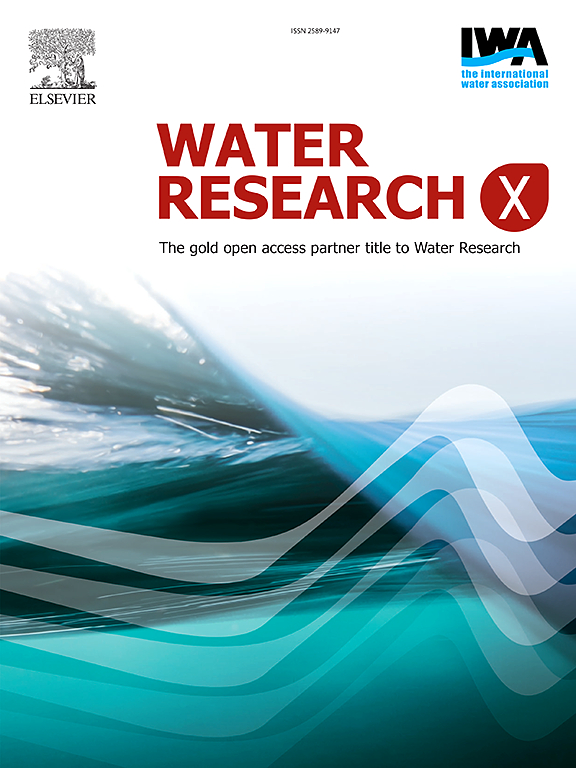内陆水域有害藻华的遥感识别和基于模型的预测:当前的见解和未来的展望
IF 8.2
2区 环境科学与生态学
Q1 ENGINEERING, ENVIRONMENTAL
引用次数: 0
摘要
淡水系统中的有害藻华(HABs)对水质、生态稳定和公众健康构成重大威胁。管理这些水华需要大量的资源,进行早期和准确的预测至关重要。遥感技术已成为识别和预测赤潮的有力工具,为支持预测建模提供了关键数据。然而,由于水华动态的内在不确定性,预测有害藻华仍然具有挑战性。数据科学和计算方法的最新进展促进了数据驱动(DD)和基于过程的(PB)模型在HAB预测中的广泛应用。DD模型,特别是机器学习技术,如人工神经网络(ANN)、随机森林(RF)和长短期记忆(LSTM),可以有效地从历史数据中捕获环境变量和水华事件之间的关系,从而实现准确的短期预测。相比之下,PB模型模拟了驱动藻类生长的生化过程,如光合作用、养分吸收和细胞分裂,提供了机制见解并支持有针对性的管理策略。尽管取得了这些进步,但挑战依然存在,包括选择最佳输入变量、模型在不同水体之间的可转移性以及复杂机器学习模型的可解释性。未来的研究应着眼于发展自适应混合模型,整合可解释人工智能(XAI)技术,增强遥感与预测建模之间的协同作用。这种综合办法有可能为有害藻华提供强有力的早期预警系统,有助于可持续的淡水管理。本文章由计算机程序翻译,如有差异,请以英文原文为准。

Remote sensing identification and model-based prediction of harmful algal blooms in inland waters: Current insights and future perspectives
Harmful algal blooms (HABs) in freshwater systems pose significant threats to water quality, ecological stability, and public health. Managing these blooms requires substantial resources, making early and accurate prediction essential. Remote sensing technologies have emerged as powerful tools for HAB identification and forecasting, providing critical data to support predictive modeling. However, forecasting HABs remains challenging due to inherent uncertainties in bloom dynamics. Recent advances in data science and computational methods have facilitated the widespread application of both data-driven (DD) and process-based (PB) models for HAB prediction. DD models, particularly machine learning techniques such as artificial neural networks (ANN), random forest (RF), and long short-term memory (LSTM), effectively capture relationships between environmental variables and bloom events from historical data, enabling accurate short-term predictions. In contrast, PB models simulate the biochemical processes driving algal growth, such as photosynthesis, nutrient uptake, and cell division, providing mechanistic insights and supporting targeted management strategies. Despite these advancements, challenges remain, including the selection of optimal input variables, model transferability across diverse water bodies, and the interpretability of complex machine learning models. Future research should focus on developing adaptive hybrid models, integrating interpretable artificial intelligence (XAI) techniques, and enhancing the synergy between remote sensing and predictive modeling. This comprehensive approach has the potential to provide robust early warning systems for HABs, contributing to sustainable freshwater management.
求助全文
通过发布文献求助,成功后即可免费获取论文全文。
去求助
来源期刊

Water Research X
Environmental Science-Water Science and Technology
CiteScore
12.30
自引率
1.30%
发文量
19
期刊介绍:
Water Research X is a sister journal of Water Research, which follows a Gold Open Access model. It focuses on publishing concise, letter-style research papers, visionary perspectives and editorials, as well as mini-reviews on emerging topics. The Journal invites contributions from researchers worldwide on various aspects of the science and technology related to the human impact on the water cycle, water quality, and its global management.
 求助内容:
求助内容: 应助结果提醒方式:
应助结果提醒方式:


